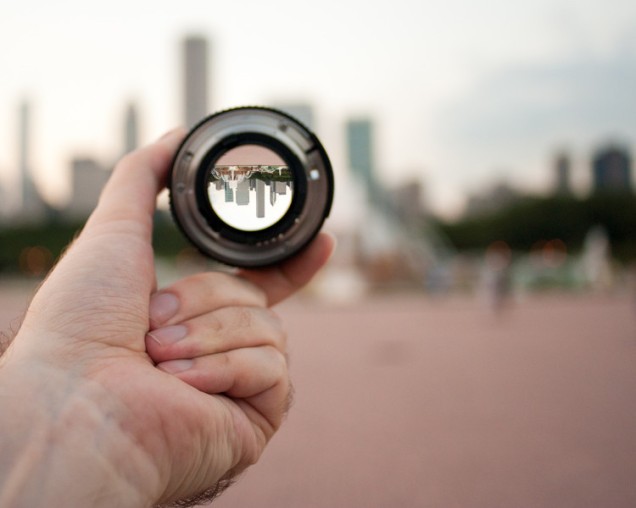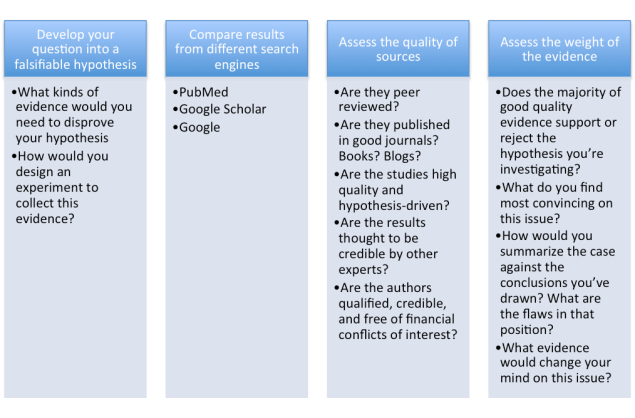A few days ago, I published this post about the pseudoscience I see frequently in MMA communities. For a different perspective, I invited former professional fighter, osteopath, and all around brilliant person Rosi Sexton to share her thoughts with us. While her position is a bit ‘softer’ than mine, I think it’s important to get a diversity of perspectives, particularly from people who are actually treating patients. Enjoy! –Jennifer
Cupping seems to be the new therapy buzzword around these Olympics. I’ve had a few discussions with people asking me what I think about all these athletes sporting cupping marks on their backs and shoulders. My answer? “Well, that depends”.
Let’s get a few things straight before I go any further. In common with most of the skeptics who have already commented on this latest trend, I think it’s very unlikely that cupping has much of a direct physiological effect. There’s no evidence to suggest that it affects the underlying tissues very much at all, never mind in a way that’s likely to be performance enhancing.
So case closed? Cupping is nonsense, as with so many other ‘trendy’ interventions.
Not so fast. In the absence of claims made for specific physical outcomes, cupping is just a physical activity. It makes no more sense to say that “cupping is nonsense”, any more than it makes sense to say that Morris dancing is nonsense: both activities seem a little odd to me, but if there are people who enjoy them for their own sake, then I’m not about to argue with their experience. Although I’ve never had a cupping treatment, several friends tell me they find it nice and relaxing.
“But where’s the evidence for that?” the skeptics ask; and here’s where I think the problem lies. Sometimes we fail to distinguish adequately between objective claims about fact (“this treatment will make your muscles stronger”) and subjective claims about personal experience (“I had this treatment, and it made me feel really good”). When we start to imply that people’s individual experience is invalid, or wrong, because they don’t have scientific evidence to support it – that’s when sportspeople start to complain that the scientists are arrogant, out of touch curmudgeonly killjoys.
Imagine that someone has conducted a large survey about leisure activities. Suppose the results come back, and it turns out that on average people find quiet country walks and loud, alcohol fuelled parties equally enjoyable. Does this mean that you that your introverted great aunt Agatha will be persuaded to forgo her gentle Sunday afternoon stroll in favour of accompanying you to a nightclub? Unlikely. Telling her there’s evidence that the two activities are equally enjoyable probably wouldn’t be persuasive – because enjoyment is subjective, and Aunt Agatha knows what she likes. The fact that things like pain, discomfort, pleasure and happiness are all subjective and difficult to measure isn’t a reason not to research them – but it does raise difficulties that should be taken into account. I have misgivings about measuring something as complicated as pain on a 1-10 scale, for example; but we have to start somewhere. It also means that we should be very clear about what the research does, and doesn’t, say when we apply it to individuals.
It’s not quite that simple, of course. Perhaps that athlete finds the treatment pleasant and relaxing because he’s been told it’ll have beneficial effects on his performance, when in fact this is highly questionable. The ethics of using placebo effects in top level sport – where winning and losing can be measured in milliseconds – is a subject that needs a whole separate post, but that’s not what I’m advocating here. I think it’s possible to be clear and honest about what’s known about a treatment, and to allow for a person’s individual subjective experience at the same time.
Talking openly with the athlete about why they are using a particular treatment, and being very clear about what they expect it to achieve is an important part of that process. If an athlete I’m treating tells me that she wants to use a treatment like cupping, then my first question is to ask why she’s doing it. I want her to think about what she’s likely to get out of it, and to ensure that it’s not being used instead of evidence based treatment to address any underlying problems. If it’s only giving some temporary relief, could the time and money might be better spent elsewhere? What are the risks of adverse effects, and are the benefits worth it?
As a clinician, I find that framing the conversation in this way to be a more effective way of communicating with my athletes. By taking a hard line against misleading claims but not against the practice itself (except where it’s likely to be actually harmful), it encourages the athlete to apply their own critical thinking. We talk about how athletes can monitor their own experience more methodically, to see whether particular changes to their plan have a consistent (subjective) effect or not.
Learning how to sensibly navigate the large gaps between our small islands of knowledge is something that those in high level sport constantly struggle with. No athlete can afford to use only methods that have been proven rigorously by science – despite the best efforts of sports science there is simply too little evidence out there. At the same time, it’s easy to get suckered in by the latest trendy therapy or product; when winning and losing come down to tiny margins, many athletes feel that they can’t afford to take the risk of not using something just in case it does make a difference. Applying a sceptical thought process while at the same time allowing for personal experience and individual circumstances gives a framework for evaluating these unknowns, whether it’s a “wacky” therapy like cupping, a new training method or a cortisone injection.
Two questions you should never be afraid to ask:
“What, exactly, is this supposed to achieve?”
“What reason do I have to think it can do that?”
I’ve never experienced cupping, but I did have a hot stone massage once. It was lovely. It didn’t cure my neck pain, of course (nor was I expecting it to) – but it was a very pleasant distraction from it for an hour or so. Your mileage may vary.




![The cave at Liang Bua. By Rosino - [1], CC BY-SA 2.0, https://commons.wikimedia.org/w/index.php?curid=4567792](https://evolution-institute.org/wp-content/uploads/2016/04/Homo_floresiensis_cave-1024x681.jpg)